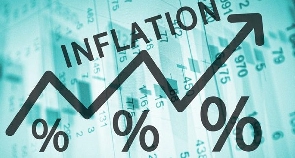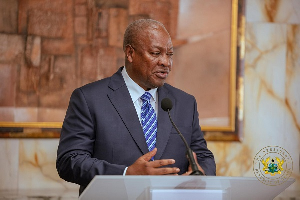The Producer Price Inflation (PPI) rate for July this year dropped marginally to 9.3 percent from 9.5 percent in June.
This represents a month-on-month change rate of 1.7 percent and a 0.2 percentage decrease in the July PPI relative to the rate recorded in June this year.
The Ghana Statistical Service, in a press statement copied to the Ghanaian Times on Wednesday, attributed the marginal decrease in the entire industry inflation rate from 9.5 percent in June 2020 to 9.3 percent in July 2020 to the decrease in inflation rate of the utility sub-sector.
The statement explained that the mining and quarrying sub-sector recorded the highest year-on-year producer price inflation rate of 38.2 percent followed by the utilities sub-sector with 5.8 percent.
It said the manufacturing sub-sector recorded the lowest year-on-year producer inflation of 4.4 percent.
“With respect to the monthly changes, mining and quarrying sub-sector recorded the highest inflation of 7.2 percent, followed by manufacturing sub-sector, 0.8 percent,” it said.
“The decrease in the utility sub-sector inflation rate from 12 percent in June 2020 to 5.8 percent in July 2020 was as a result of base drift effect. The base drift was as a result of increases in electricity prices by 11.2 percent and water by 8.0 percent in July 1, 2019,” the statement said.
It explained that the manufacture of rubber and plastic products recorded the highest inflation rate of 16.6 percent, while the manufacture of coke, refined petroleum products and nuclear fuel recorded the least inflation rate of -4.0 percent.
The statement said the Utility sub-sector recorded no inflation in the month of July 2020.
The producer inflation rate in the petroleum sub-sector for July 2020, the statement said, climbed from -4.5 in June to -4.0 percent in July.
The Producer Price Index (PPI) measures the average change over time in the prices received by domestic producers for the production of their goods and services.
Business News of Saturday, 22 August 2020
Source: ghanaiantimes.com.gh













